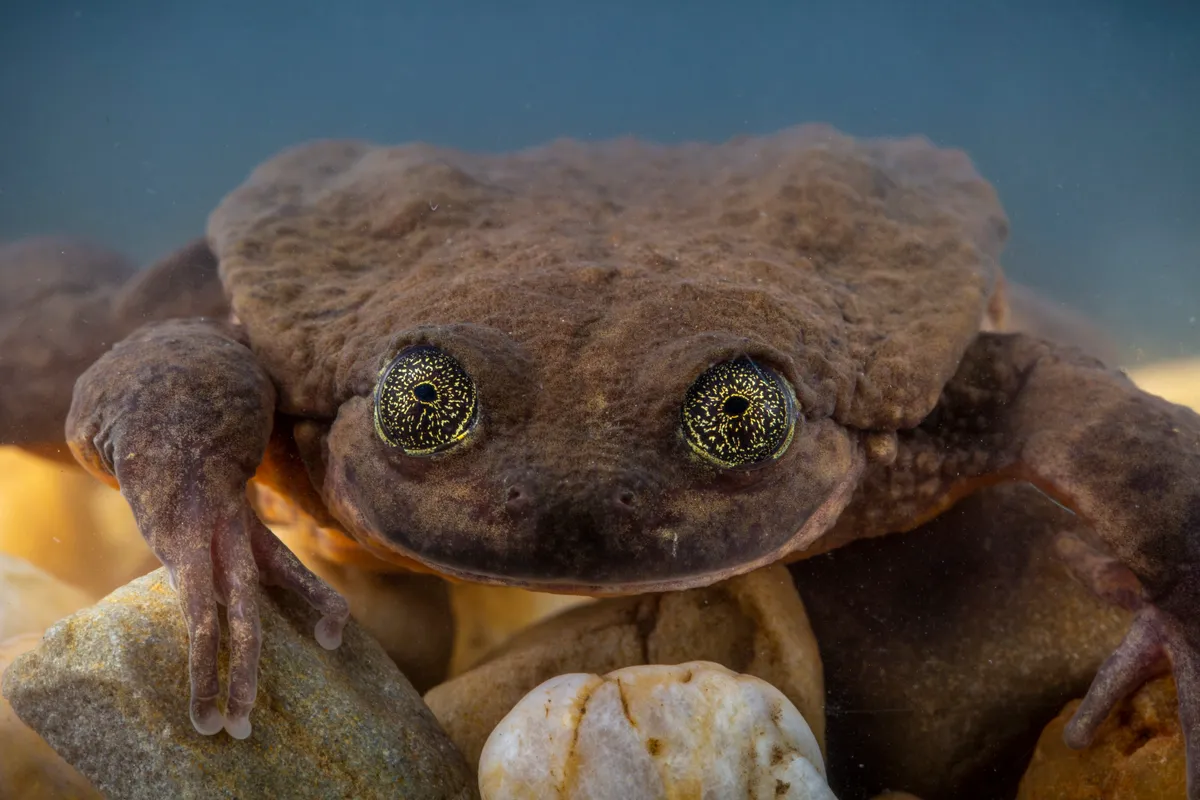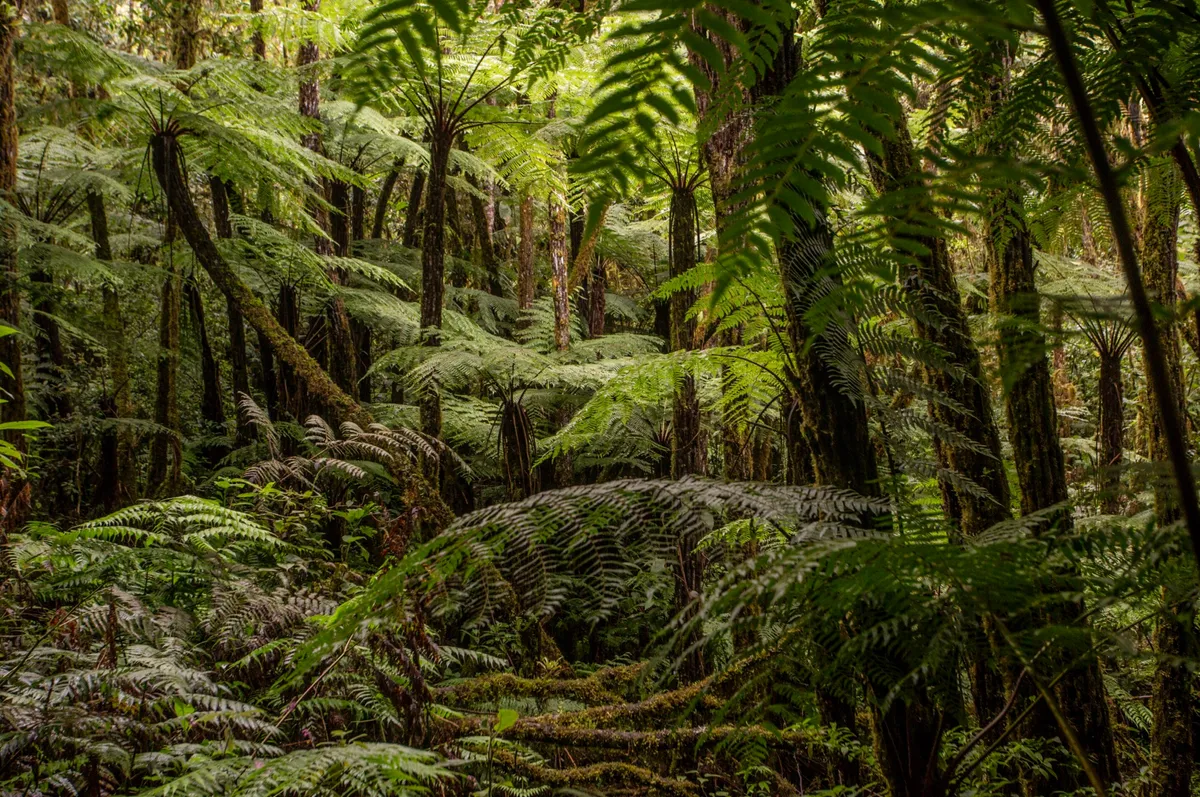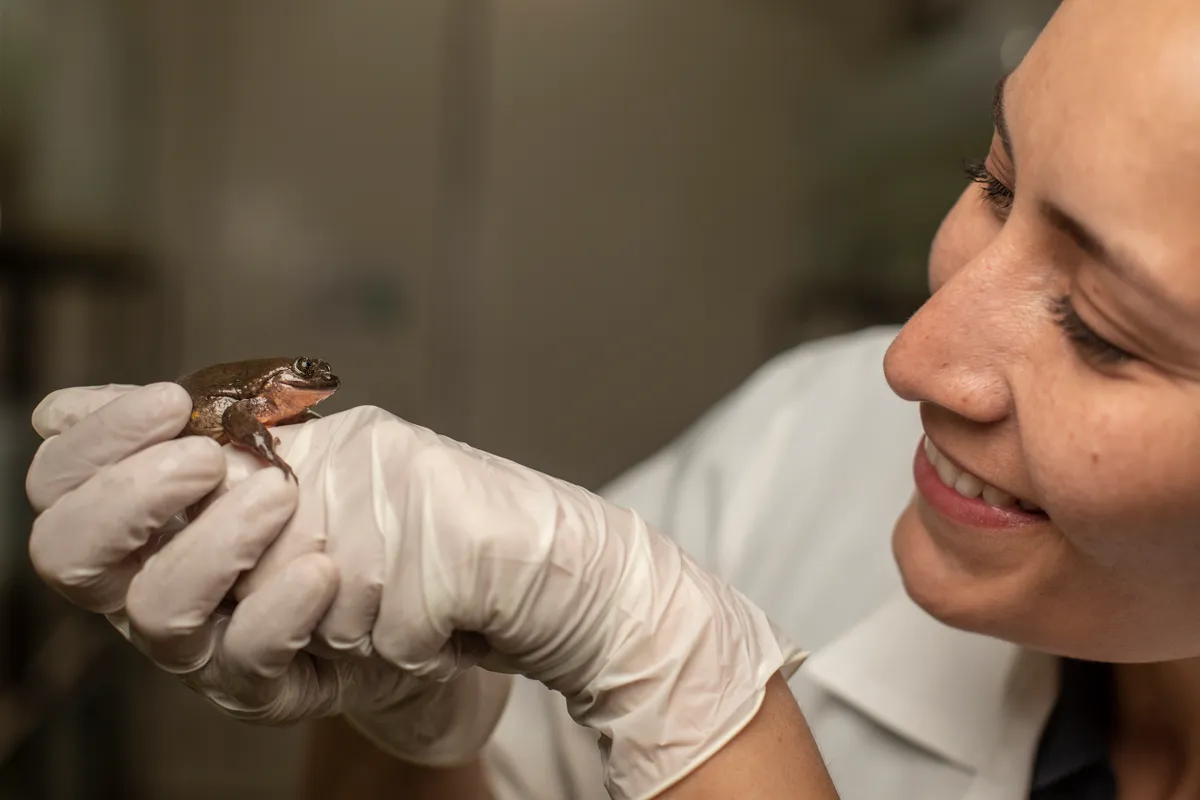Romeo (above), a Sehuencas water frog, has spent the past ten years in an aquarium at the K’ayra Center of the Museo de Historia Natural Alcide d’Orbigny in Bolivia and until recently, he was the last-known individual of his species.
However, a recent expedition to a Bolivian cloudforest rediscovered the Sehuencas water frog in the wild.
Scientists from the museum and Global Wildlife Conservation captured five individuals – three males and two females - for a conservation breeding programme. The females are a juvenile and an adult, named Juliet.
“Now the real work begins—we know how to successfully care for this species in captivity, but now we will learn about its reproduction,” says Teresa Camacho Badani, the museum’s chief of herpetology and the expedition leader.
“We will also get back into the field to better understand if any more frogs may be left and if so, how many, where they are, and more about the threats they face. With this knowledge we can develop strategies to mitigate the threats to the species’ habitat.”

Funds for the expedition were raised last year, when conservationists created a profile for Romeo on Match, the world’s largest dating company. Individuals from more than 32 countries donated to the fundraising, and were matched by Match.
“Our entire Match community rallied behind Romeo and his search for love last year,” said Hesam Hosseini, CEO of Match. “We’re thrilled with this outcome for Romeo and his species.”
The expedition team found the frogs at the end of a long day of searching streams that seemed like the perfect habitat for the species.

They decided to look in one more stream before returning to camp, and Camacho Badani spotted an amphibian jumping into a pond near a waterfall.
She headed into the pond after it, thinking that it was a Quechua toad, another threatened species, and planning to confirm it wasn’t a Sehuencas water frog.
“When I pulled it out, I saw an orange belly and suddenly realised that what I had in my hands was the long-awaited Sehuencas water frog,” she says.

This was the first sighting of the species in ten years, despite previous searches in the area, including in 2018.
The team hopes to search for further individuals in the wild and prepare the streams for the return of offspring from the captive-breeding programme.
Juliet and Romeo haven’t yet met, as the recently captured frogs are in quarantine so they can acclimatise to their new environment and be treated for chytridiomycosis, a deadly infectious disease that is decimating amphibian populations worldwide.
22 per cent of Bolivia’s amphibians are in danger of some degree of extinction, including 10 of the 14 water frogs. They face a range of threats, including chytridiomycosis, habitat destruction, pollution, climate change and the introduction of non-native species.

